
The use of both hard and soft power, a clampdown on all seditious elements and a changed game plan can help restore stability in Kashmir. However, for this an all-party consensus is a must, as the issue is one that affects the entire nation.
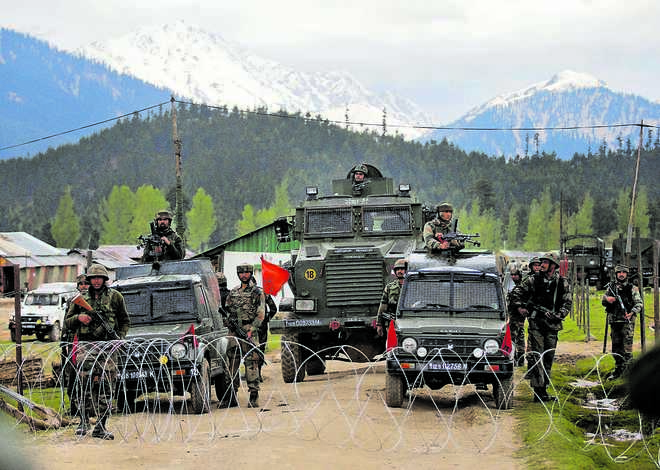 Treading a Tricky terrain: Soldiers stand guard at their Army base after it was attacked by suspected separatist militants in Panzgam in Kashmir”s Kupwara district. REUTERS
Treading a Tricky terrain: Soldiers stand guard at their Army base after it was attacked by suspected separatist militants in Panzgam in Kashmir”s Kupwara district. REUTERSTHE current instability in Jammu and Kashmir that had commenced in late 1989 has seen many ebbs and flows. The situation has deteriorated. It is not a case of “panic stations” at present, but the nation needs to work hard to bring about peace and tranquility. Calm can be restored but it must be carried out with a changed game plan.The problem is politico-military-administrative in nature, needing a holistic solution in accordance with a comprehensive plan. While doing so, we need to ignore the whining of the “bleeding hearts” of all varieties and biased utterances of their fellow-travellers. “Change” must emanate from the highest political level and be carried out in a cohesive manner.The political leadership must make course corrections and check the obvious drift in the state. This needs governing in earnest, with political leaders fanning out in their constituencies, ensuring that people-friendly projects move; give assurances; motivate the polity and deliberately stop politicking. The policy of appeasement and allowing anti-nationals to instigate the populace by using religion — “opiate of the masses” (Karl Marx) must end. This will close the window to Pakistan that has been used to create mayhem and havoc in the state by exporting Wahhabism, alien to Kashmir’s ethos.Political bungling in the past, both by the Centre and state leadership, needs to be re-visited. Jawaharlal Nehru bungled by first going to the UN; then accepting plebiscite; and finally being persuaded by Sheikh Abdullah to add Article 370. Shastri grossly erred in reverting to the status quo on the ceasefire line after the 1965 war. After India’s decisive victory in 1971, Indira Gandhi missed a golden opportunity to enforce peace at gunpoint. VP Singh was blackmailed into releasing several terrorists for the “hostage,” the elder sister of the current Chief Minister. This was a decisive victory for the insurgents. Rajiv Gandhi erred in getting elections rigged through Farooq Abdullah. The UPA government that followed reinstated Farooq and continued the appeasement policy. Much was expected from Vajpayee but he slipped badly when he allowed the hostage swap, during the Kandahar hijacking and then was back-stabbed (Agra and Kargil). The next UPA government, in both tenures, showed little interest in Jammu and Kashmir, as it was too busy in other activities. Narendra Modi unilaterally extended his hand to make peace with Pakistan, till he realised that it was the powerful Pakistani Army that sabotaged all overtures. Within Kashmir, his link-up with PDP to form a coalition government has been a major mistake. At the state level, three Abdullahs, two Muftis’ (the senior Mufti twice) and a host of others have ruled the state. Not one provided good governance, but kept asking for additional funds. Today the per capita infusion of funds in Kashmir is 10 times higher than it is in the rest of India.Sheikh Abdullah spent 11 years behind bars for treason, yet Nehru released him and made him Chief Minister. His son brought militancy/insurgency/ terrorism to the state during his 1986-1990 tenure, when Pandits were massacred/driven out. As soon as stability was achieved during Governor’s rule, Farooq was brought back as a bad penny. From late 1989, when the Valley started boiling, the Army was the lead player. It stabilised the situation by 1996. Elections were held and Farooq Abdullah became the Chief Minister again. There was a spurt in infiltration from Pakistan, following the 1999 Kargil War, but the Army stabilised the situation again. Having made no headway, Pakistan changed tack and commenced instigating local youth through a highly emotive use of social media and liberal cash payments, to interfere in anti-insurgent operations, including by resorting to stoning.What is now needed is the use of smart power (a mix of hard/soft power), devoid of any appeasement. Simultaneously, political/ administrative initiatives must explain pitfalls of violence and confrontational approach; and motivate the youth to shun violence. Additional jobs must be created, including massive recruitment to the Territorial Army (TA) and the police of all varieties.A complete clampdown on all factions of the Hurriyat is a must. They need to be charged with sedition and taken out of the state to face trial. Placing the state under Governor’s rule for a finite period is an option worth considering as the people have lost faith in the political dispensation. An all-party consensus is a must. It is not a party issue but one that affects the entire nation. Opposition parties need to play a constructive role and not continue with divisive acts and utterances. The Centre needs to set up an exclusive “Department of Perception Management”, under a dynamic non-bureaucratic head, comprising the media and tech-savvy technocrats, to counter the vicious propaganda of Pakistan’s ISI. It should produce and air programmes both in conventional and social media. Such a department must not be placed under any intelligence organisation or any uniformed force, as it will then have no credibility. There should be no talks with anyone at this stage, but responsible individuals and organisations, which can wield influence with the alienated youth and others should be identified. The “liberal pseudo-seculars” who falsely cry for “human rights” need to be ignored. They need to be attached to the Army and CAPF units operating in Kashmir to feel actualities on the ground. Only then they will realise that a soldier is the greatest victim of “human rights”.Pakistan, can never be trusted, however much we bend over backwards. We need to ignore biased world opinion and take decisions in our national interest. We should build allies in UN and with great powers to negate overtures by Pakistan. Our media (judged as the second worst in the world in a report by the World Economic Forum) needs to shun sensationalism and play a constructive and unbiased role in all security-related issues. Publicity is “oxygen” for all insurgents, therefore the need for reports to be circumspect.Stability operations by security forces must continue; all acts must be lawful but anybody breaking the law must not be spared. To ensure that massive funds being given are spent properly, an organisation, minus politicians, needs to be set up under the Governor to fund productive and people-friendly projects. Imposing strict “Rule of Law” is of paramount importance. Anyone acting against national interest must be dealt with expeditiously. Taking a cue from the handling of insurgency in Punjab in the 1970s-80s, a carrot-and-stick policy is needed. A professional Kashmiri Muslim police officer, if appointed as the DGP will achieve wonders. At the appropriate time, remove Article 370 after explaining how the state is suffering on account of this Article. The writer is a former Vice Chief of the Army Staff
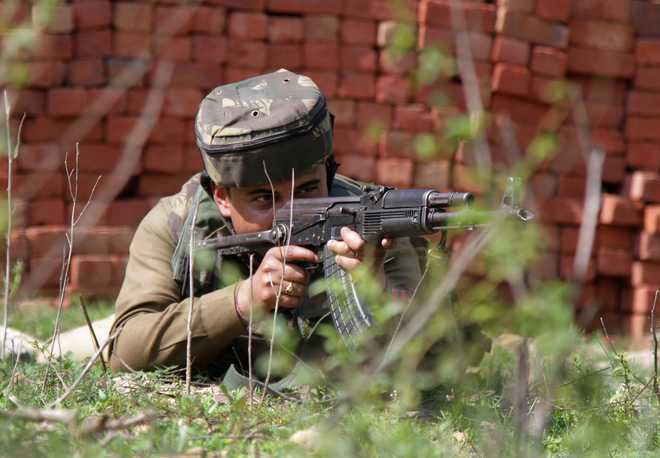





















































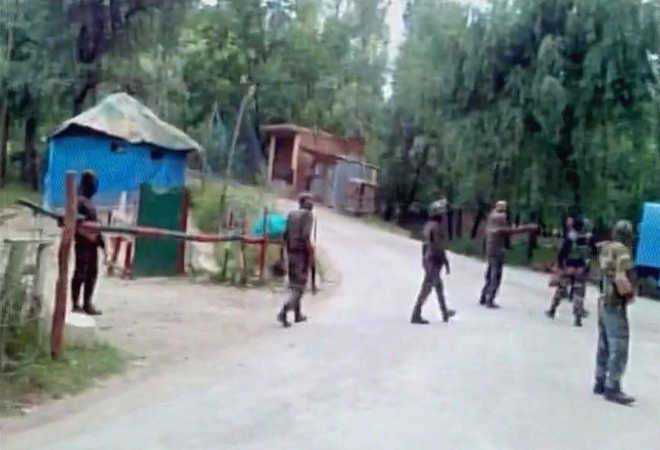






 REUTERS
REUTERS
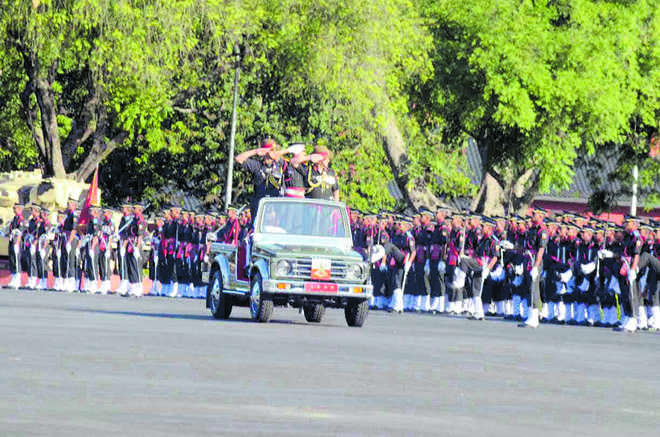
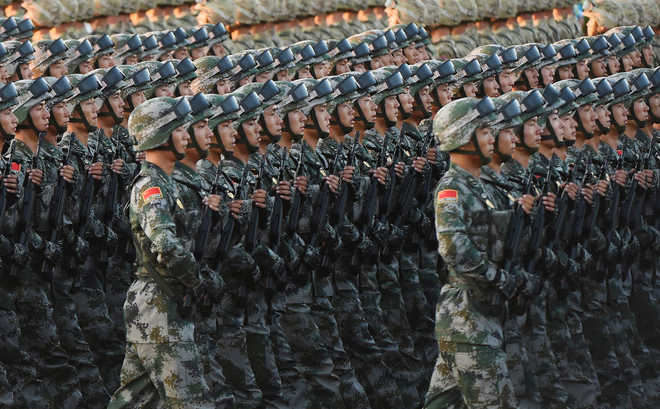
 CSIS/AMTI/DIGITAL GLOBE
CSIS/AMTI/DIGITAL GLOBE























































